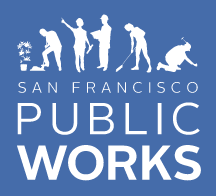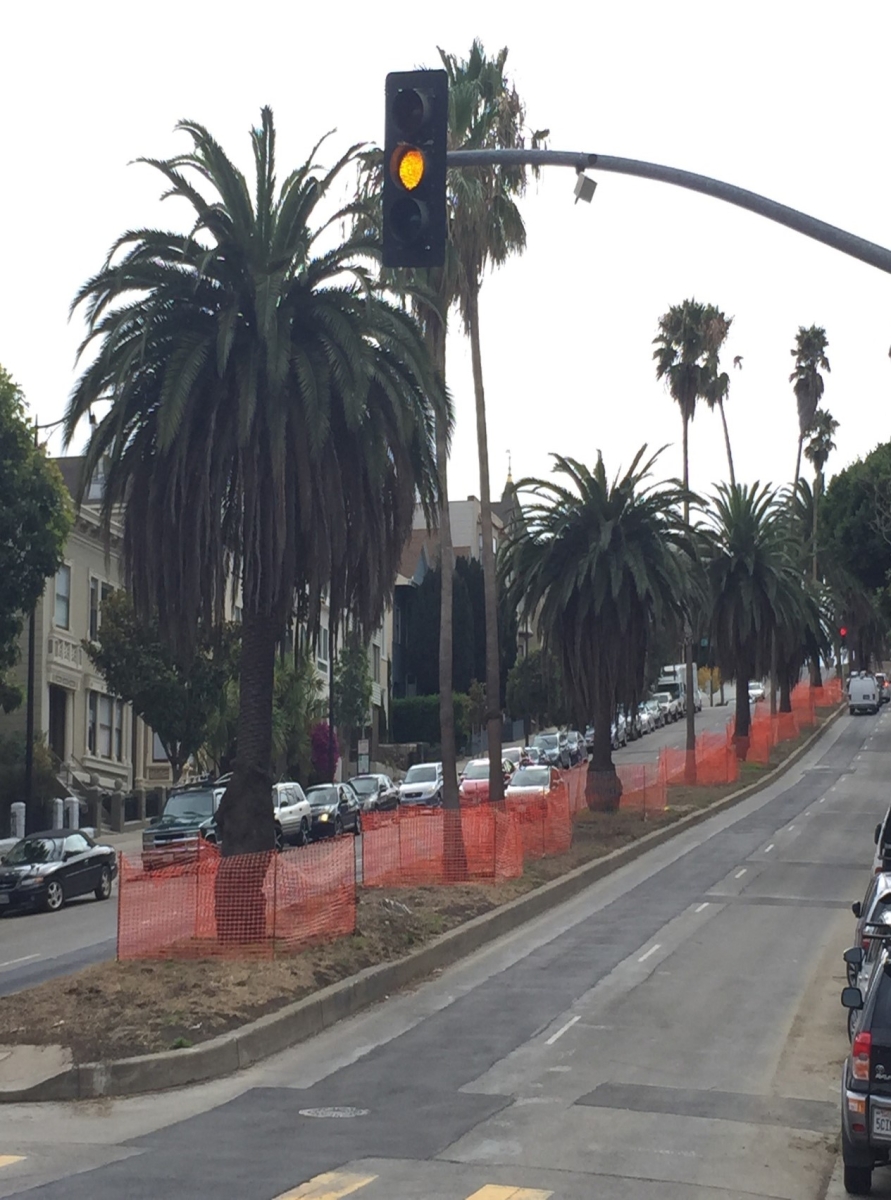Tree Protection
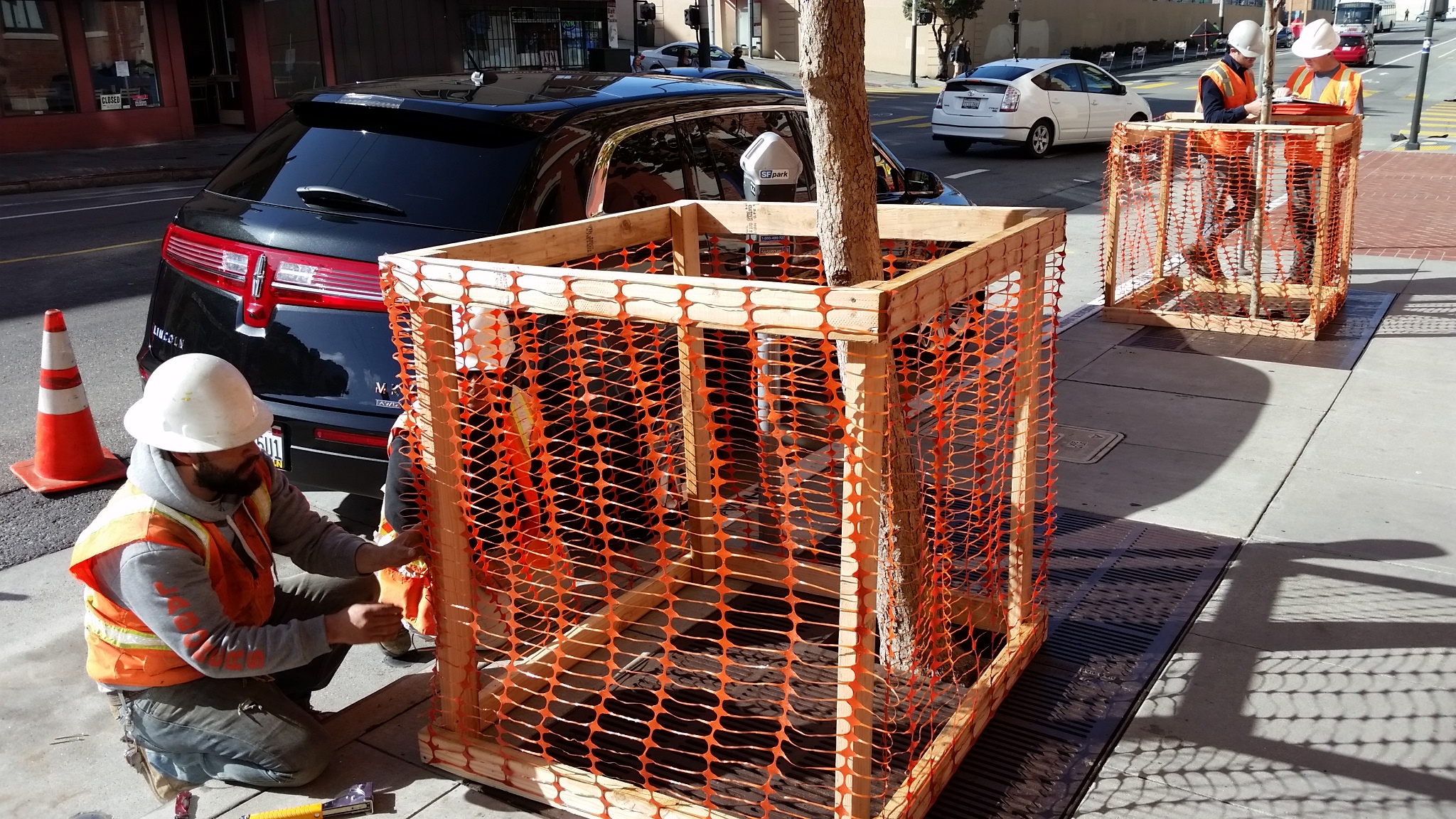
Research shows that trees provide valuable benefits and improve the quality of life in cities. The green infrastructure of our city is basically an essential worker — and trees are protected strongly by Article 16: Urban Forestry Ordinance. The nonprofit American Forests projects the loss of urban tree canopy at 8% by 2060. The City’s urban tree canopy (13.7%), measured by the amount of land covered by trees when viewed from above, is one of the smallest of any large U.S. city. San Francisco has very little tree cover when compared to other major U.S. cities and cannot afford to lose trees. As a result, it's not only critical that we plant more street trees in San Francisco to promote climate resiliency and provide environmental and social benefits to the public; we must also protect and preserve existing trees during all phases of construction projects.
- Grading or excavation within the dripline of any Significant Tree or Street Tree.
- Construction staging and/or storage of materials and/or equipment within the dripline of any Significant Tree or Street Tree.
- Any activity that might necessitate pruning of a Significant Tree or Street Tree.
- Any construction-related activity, no matter how minor, is planned or is reasonably foreseeable to occur within the dripline of a Significant Tree or a Street Tree or regardless of the location of construction activity, the property contains a Landmark Tree.
Dumping of trash and or liquids (such as project waste water or cement) within the tree basin or dripline of any protected tree is strictly prohibited. A fine may be issued for lack of tree protection.
Tree Protection Diagrams
Regardless of size, all trees in the public right of way are protected under Article 16 of the Public Works Code. There are exceptional trees classified as Significant and Landmark trees. See SEC. 810. and SEC 810A for more information about these designations. Here are the tree protection diagrams for each category of trees.
What you need to submit
Tree Protection Site Plan and Cover Sheet
The Tree protection plan and cover sheet shall be prepared with input from a certified arborist and shall contain the certified arborist’s estimate of the total replacement cost of all trees subject to the Tree Protection Plan.
Site plans submitted along with the associated construction project must clearly indicate the street, curb, sidewalk, driveway, structure(s), and the locations of all Protected Trees as well as depict the locations of all other trees within the project area. Protected Trees must also be shown to include accurate tree height, accurate canopy dripline and trunk and canopy diameters. The plans must graphically depict implementation of all measures called for in the Tree Protection Plan.
A report may be required for any excavation within 5 feet of an existing street tree or significant tree that has a DBH greater that 5 inches. The report should include an inventory that addresses the condition of each protected tree and an evaluation of impacts of construction: of including grading, excavation for utility installation, compaction, or any other aspect of project that may affect the health and longevity of the protected tree. Calculate the appraised value of each protected tree using the Trunk Formula Method. Reference The Guide for Plant Appraisal, 10th Edition. Report should outline tree protection measures identified by ANSI A300 and the ISA best management practices.
Tree Protection Examples
| BAD | GOOD |
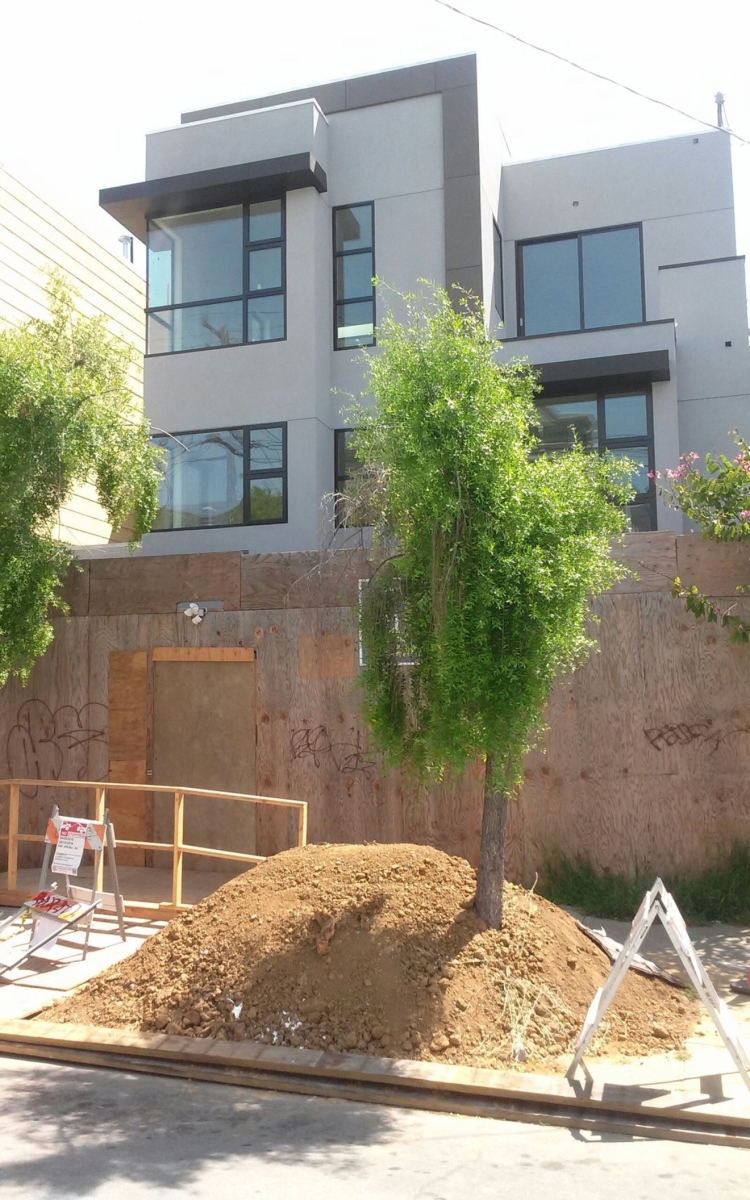 |
|
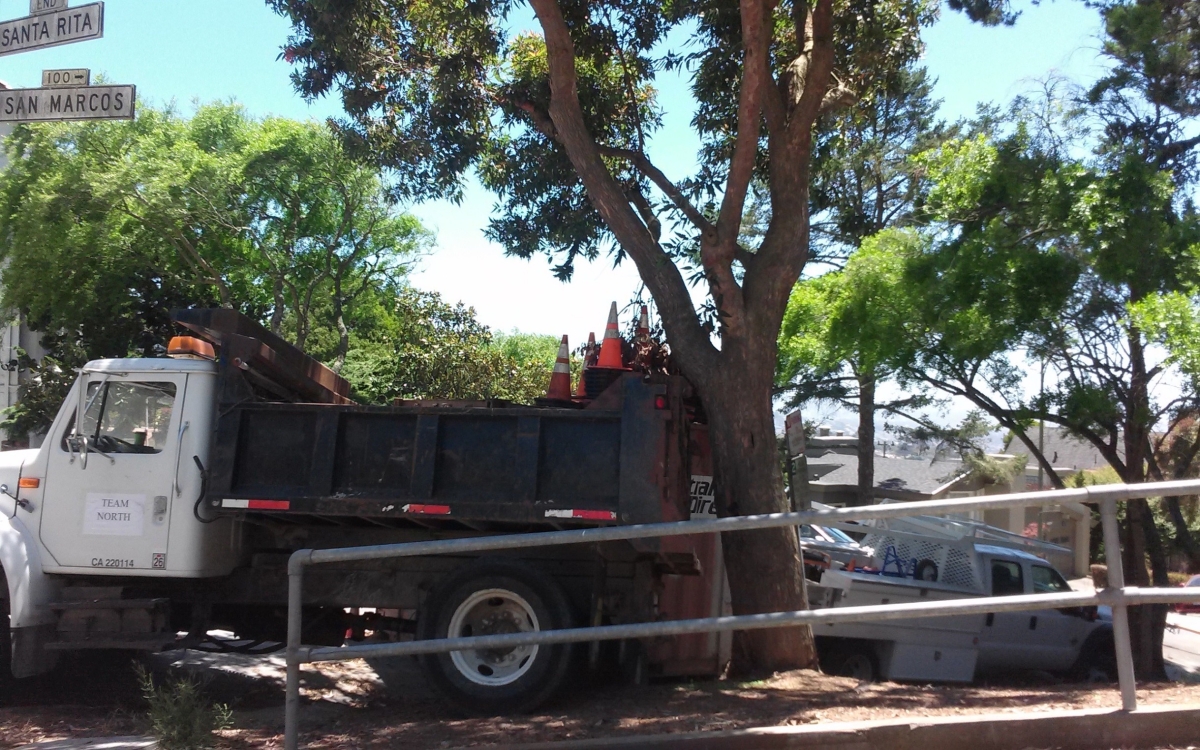 |
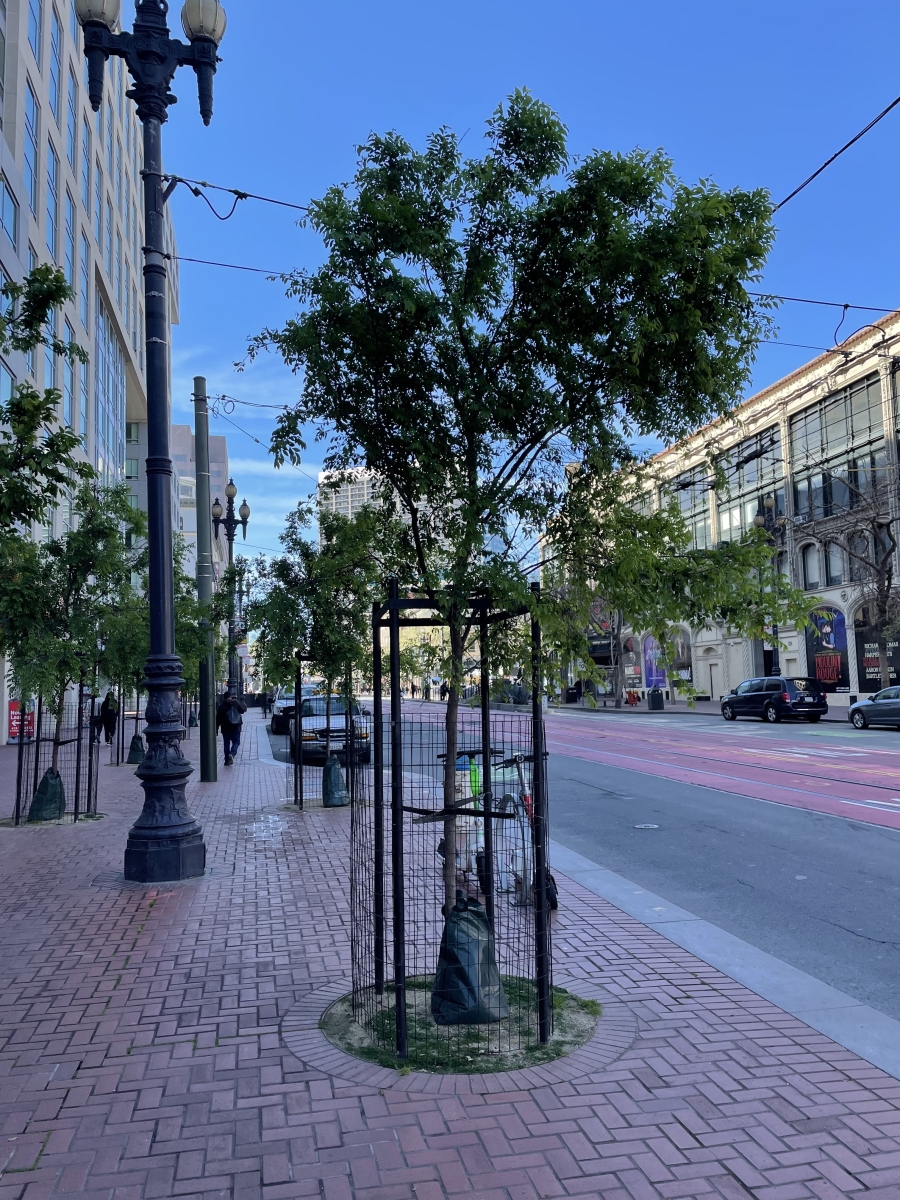 |
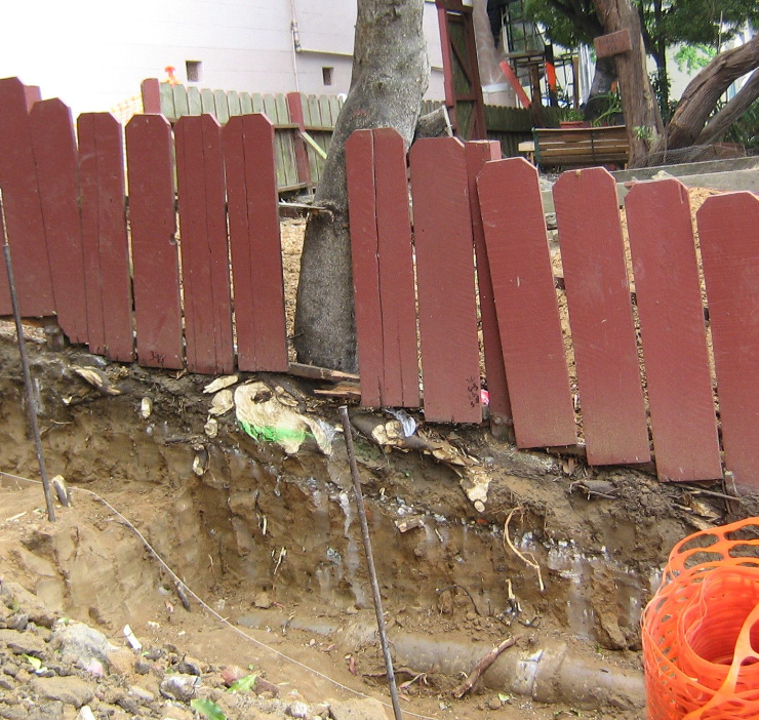 |
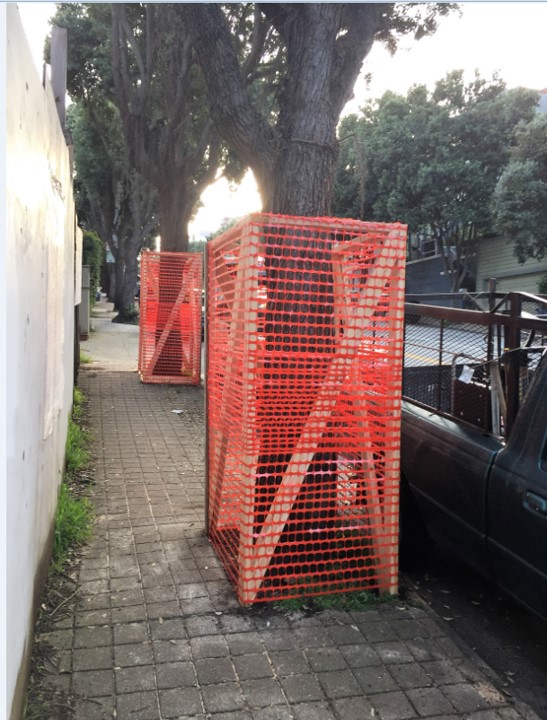 |
Resources
- TreesAreGood.org - Lists local Certified Arborists and provides the public with educational information about the benefits of trees and how to properly care for trees in the urban environment. The site contains resources from the International Society of Arboriculture, and also provides a collection of reliable tree care information provided by other industry organizations.
